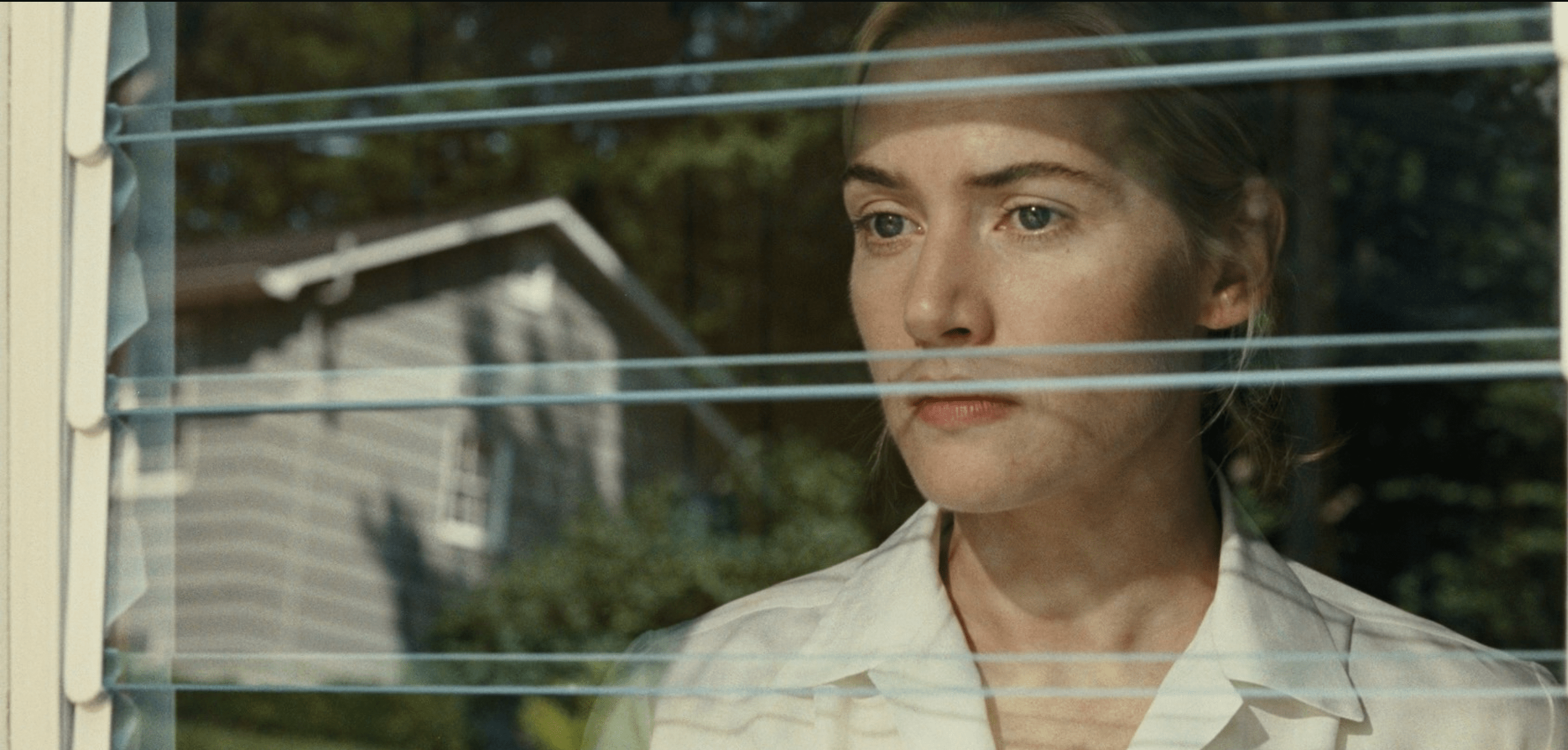-
Search Results
-
Hello Mr. Deakins.
I am a film student and I will soon be shooting a short film with a 70s disco club dance scene. It is meant to reminisce Saturday Night Fever and Boogie Nights.
Most of the references I have seen are lit with overhead colored lights (par cans etc) rigged to the ceiling, but I am not 100% confident I will be able to get flattering enough light on the actors’ faces this way. I am leaning towards rigging an 8×8 LT grid booklight off to the side of the dancefloor and accent with the par cans, but am worried that will then take away the drama of the hard light.
I would greatly appreciate any input, Sir.
Warm greetings from Mexico City,
I would like to learn and discuss a look that I’m very intrigued about and which also seems difficult to achieve.
I am a cinematographer, and know that by posting this it’s a look that goes beyond simply grading or editing in the computer. Optics and lighting being an essential factor, which would also love to discuss here.
However, when it comes to Resolve or Lightroom for example, how does one get closer to the low contrast look? Like flavors, there are different kinds of low contrast look, right off the bat I think of the low contrast look of Disclaimer (Cuarón, 2024) or Still Walking (Koreeda, 2008). I’m quite curious also about Fuji film stock, I believe I once read Harris Savides talk about Fuji film stock having less contrast.
How would one go about it during grading or retouching? Beyond contrast slider.
I look forward to an insightful discussion and deeper understanding of low contrast as well as other interpretations of low contrast. Thank you and cheers
Pedro Torres León
w: torresleon.com
ig: @torresleonpedroHello Roger,
I was watching Revolutionary Road and noticed a scene with a shot through a window. In the reflection of her eye, I can see something lighting her, and I was curious—did you use a cherry picker or something similar to avoid reflections of the C-stands in the window, or is it the real sun?

First off, Roger and James, thanks for creating and maintaining your wonderful podcast. Often in your discussions with filmmakers the topic of minimal lighting comes up. Perhaps in the 70s and 80s, Roger, you crossed paths with the late Johnny Coquillon, a much loved Brit-Canadian lensman whose breakthrough shoot was Straw Dogs. Johnny went on to film Peckinpah’s Pat Garret and Billy the Kid, Cross of Iron and The Osterman Weekend.
Dustin Hoffman could spin quite a yarn about how Johnny effectively pulled Straw Dogs out of the fire. Early in the shoot, as I’m sure you know, Peckinpah demanded a replacement DoP because he was unhappy with the over-lit interiors of the cottage. The production was on the verge of collapsing. Finally Dan Melnick asked Sam for a solution, to which Peckinpah shouted, complete with trademark expletives, “I’ll tell you who can shoot this picture, the guy who shot The Crimson Cult and Witchfinder General!” Small budget horror movies. Melnick got onto Johnny’s agent, Freddy Vale, who told Johnny to fly in right away from Los Angeles to London—where Dustin Hoffman and Sam met him at Heathrow arrivals. Johnny was, he always said, “gobsmacked and terrified” meeting those two. But production got underway immediately, thanks to the new DoP’s genius for pulling images out of barely-lit interiors. Sadly we lost Johnny in 1987, a real loss, especially for the London and Toronto film communities.
Topic: Car windshield refection
Hi everyone,
When shooting into the windshield from the front of the car in the daytime, the driver’s face is often blocked by the strong reflection outside(even when a polar is used). The simple solution might be to block the reflection with a flag and light it again, but this will limit the frame size and make the lighting look a little artificial.
I see lots of shots in other films with wider frame size(with everything above the top of the car) and even with reflections on the window while the face of the driver is clearly seen.
I wonder what is the best way to deal with this kind of shot, especially when the reflection is required to be seen in the script.
I kind of realize it’s about balancing the light ratio of interior and exterior, but I want to know what the most natural way to light it is.
Many thanks!
Topic: Difficult conversations
Before making a name for yourself, have you; and if so: how did you deal with uninspiring situations on set were I’ts all about getting the shot no matter what it looks like. I mean the feeling of being a tripod for the director? How have you established a healthy creative communication between the two of you?
Topic: First meeting with Director
How do you know when its the wrong project for you in your first meeting with a director?
What are you looking for in that meeting? When do you know it’s a match?
Thank you 🙂
I am a senior in high school who is currently writing a paper on how lighting is one of the main components of cinematography. I have been researching more on your collaboration with Sam Mendes on ‘1917.’ Specifically one scene that piques my interest is the flare and burning church scene. In my paper, I am writing about two areas of lighting, natural and artificial. For artificial, HMI, LED, tungsten, and fluorescent lights have been mainly mentioned. I watched a video where you briefly mention the incorporation of dino lights for the burning church. Were there more scenes where any sort of artificial light was used? What is the process of choosing what kind of source of light to use?
Thanks!
CBE, ASC, BSC
